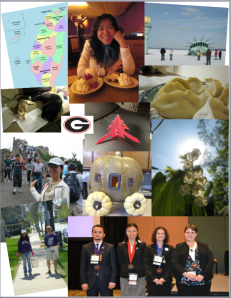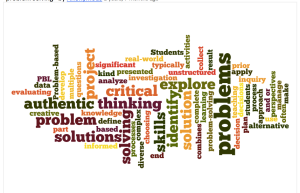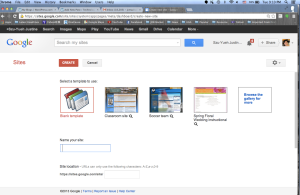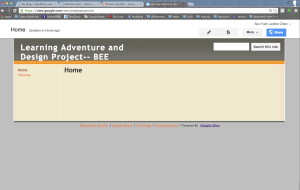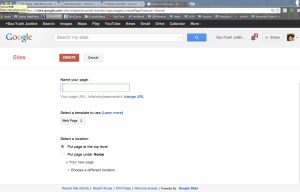PART I: INTRODUCTION
PART II: CRITICAL THINKING AND PROBLEM SOLVING
What is critical thinking? Critical thinking is a hot topic in the 21st century learning, but it is not a new idea at all. Researchers have been working on this topic for more than 2500 years! Here is an interesting video to tell you about critical thinking– Critical Thinking Explained.
Have you thought about that? You are thinking critically and solving problems every day!
PROBLEM-BASED LEARNING
Have you heard about the “Pampered Child Syndrome”? Any of you get the idea what that means? Due to this syndrome, more and more children lose the abilities to solve the problems they encountered in their daily life. As educators, we need to help children cultivate the critical thinking ability. One way to help children strengthen their critical thinking ability is to adopt the problem-based learning strategy in your classroom. All roads lead to Rome. There are always several ways for us to solve a problem. Problem-based learning will challenge your students to solve real-world problems with what they have learned and even research more about the topic. You see a lot of problem-based learning in architecture education, business education and medical education.
CHALLENGE:
I have already given you a few skewers and some clay before class. Work with your neighbors to accomplish this task. There is only one rule– to use the 3 bamboo skewers and clay to create a structure that balances by only ONE point of ONE skewer on ONE of your fingertip for at least ONE minute.
This is only a simple problem-solving activity to help you think more creatively and critically. Now I am going to give you some more definitions and standards about critical thinking and problem-based learning.
THE NETS STANDARD FOR PROBLEM SOLVING
Students use critical thinking skills to plan and conduct research, manage projects, solve problems, and make informed decisions using appropriate digital tools and resources. Students:
- identify and define authentic problems and significant questions for investigation.
- plan and manage activities to develop a solution or complete a project.
- collect and analyze data to identify solutions and/or make informed decisions.
- use multiple processes and diverse perspectives to explore alternative solutions.
In one of the textbooks about technology integration I used before, the authors defined problem solving ability this way.
“Students apply critical and creative thinking skills to prior knowledge during the problem solving process. The end result of problem solving is typically some kind of a decision: choosing a solution and then evaluating it.” (p 155)
“Problem-based learning (PBL) is a teaching approach that combines critical thinking, problem-solving skills, and inquiry as students explore real-world problems. It is based on unstructured, complex, and authentic problems that are often presented as part of a project.” (p 156)
If you type the words into the word cloud software, you will get a wordle like this.
In the following video, you will see how a teacher conduct problem-based learning in her classroom.
Hope what we have done and talked about today help you better understand critical thinking and problem-based learning. The project we are going to do for the critical thinking unit is called the Learning Adventure Project. Here is the rubric.
Here are some examples.
Adventures Down Under– An exploration of Australia
WHAT YOU COULD DO:
- Keep working on your 20% project– think about the following questions:
- Do you use social media/network to learn about your projects from other professionals? If you do, describe how that works in the process. If you don’t , go find one on Twitter or FB or someone’s blog to gain some understanding about your project.
- What is the benefit for the users/learners after they use/participate/learn with your design project/product? What do you expect them to learn from you?
WHAT YOU SHOULD DO:
- Work on your Reflection 6 (DUE on NOV. 18)
WHAT YOU MUST DO:
- Read the rubric for the Learning Adventure Project (LAP).
- Take a look at the examples of LAP. Make sure that you at least check one example.
- Comment on your partner’s reflection 5 (everyone needs to have at least two comments– that means a dialogue).
